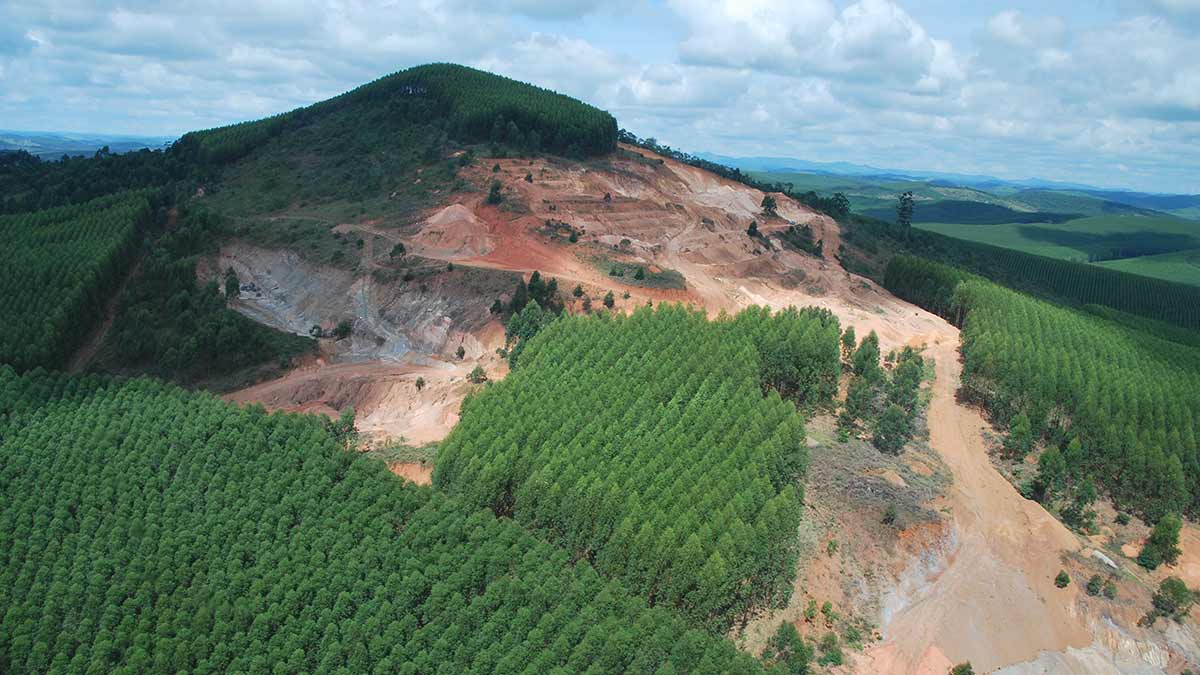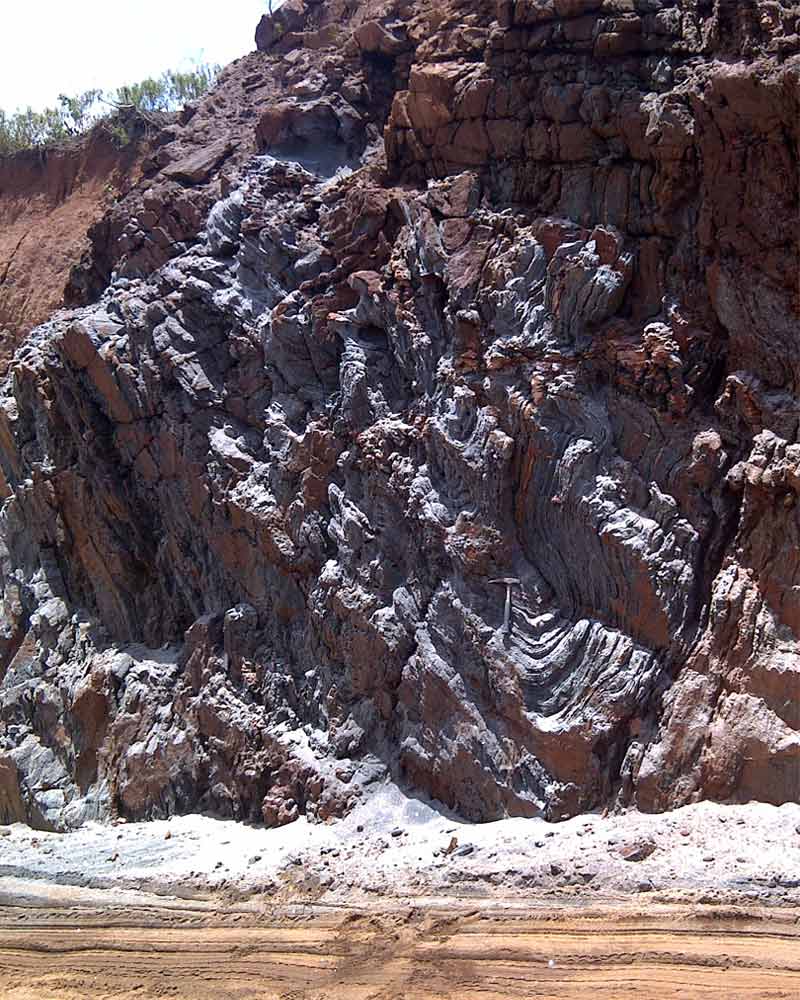Could changing iron ore market dynamics open the door for this Brazilian junior?

Pic: Bloomberg Creative / Bloomberg Creative Photos via Getty Images
Special Report: Iron ore prices have been on the rise amidst a turbulent start to the year for the global seaborne trade following the tragic events in Brazil arising from the Brumadinho tailings dam breach.
A recent report by Wood Mackenzie has said, excluding the impacts on Vale, close to 8 million tonnes of seaborne iron ore supply from Brazil is at risk in 2019 as a result of new regulations which ban tailings dams built using the upstream method.
Supply cut-backs have been predicted from several major Brazilian companies and junior miners that sell run-of-mine ore to Vale and CSN – significantly changing the dynamics of the domestic iron ore market in Brazil.
Commonwealth Bank recently predicted that iron ore prices could spike above US$100 a tonne as a result of disruptions to the global seaborne trade.
While most companies are rightly reluctant to steer clear of commentary on the potential ramifications of the immense tragedy in Brazil on their businesses, there is no doubt that the shifting conditions may have opened the door – just a crack at least – for some long-forgotten projects.
Centaurus Metals (ASX: CTM), a diversified $14 million Brazilian junior which has been operating in Brazil since the days of the iron ore boom, is a case in point.
Centaurus shelved its fully-permitted Jambreiro Project, located in the central Brazilian state of Minas Gerais, years ago when iron ore prices collapsed, turning its attention instead to copper-gold and nickel-cobalt exploration in the country’s north in the prolific Carajás Mineral Province.
But Jambreiro is a strategic asset. It contains a JORC resource of 128 million tonnes and initial ore reserve of 48.5 million tonnes.
Centaurus has completed more than 19,000 metres of drilling to establish these estimates.
Plus, it is fully permitted for a 3 million tonne per annum operation with mining leases granted and land access agreements in place.

The project showed robust economics in a 2013 feasibility study and since then, both iron ore prices and exchange rates have shifted in Centaurus’ favour.
Earlier this week, Centaurus suggested that the changing conditions for iron ore might see Jambreiro dusted off and revitalised.
In a release on its Itapitanga nickel-cobalt project, Centaurus managing director Darren Gordon said:
“In light of the rapidly changing market dynamics in both the Brazilian domestic iron ore market and the global seaborne market for high-grade ore, we are currently re-exploring options for the development of our shovel-ready Jambreiro Iron Ore Project.”

Centaurus says in its most recent presentation that it is “ideally positioned” to be a consistent and reliable supplier of high-quality, low-impurity ore to domestic steel mills.
Its current focus, however, is on a joint venture with Simulus Group at the Itapitanga nickel-cobalt discovery, where it is free-carried to development, and a copper-gold exploration opportunity at the Salobo West Project, on the doorstep of one of Vale’s big copper mines.
Both of these projects are moving forward at a considerable pace. The company expects a scoping study on Itapitanga should be ready by late March and drilling is scheduled at Salobo West in Q2/Q3 2019), but it could well end up being a case of “back to the future” for Centaurus in iron ore if Jambreiro comes up trumps.
- Subscribe to our daily newsletter
- Bookmark this link for small cap news
- Join our small cap Facebook group
- Follow us on Facebook or Twitter
This story was developed in collaboration with Centaurus Metals, a Stockhead advertiser at the time of publishing.
This advice has been prepared without taking into account your objectives, financial situation or needs. You should, therefore, consider the appropriateness of the advice, in light of your own objectives, financial situation or needs, before acting on the advice. If this advice relates to the acquisition, or possible acquisition, of a particular financial product, the recipient should obtain a disclosure document, a Product Disclosure Statement or an offer document (PDS) relating to the product and consider the PDS before making any decision about whether to acquire the product.
UNLOCK INSIGHTS
Discover the untold stories of emerging ASX stocks.
Daily news and expert analysis, it's free to subscribe.
By proceeding, you confirm you understand that we handle personal information in accordance with our Privacy Policy.








